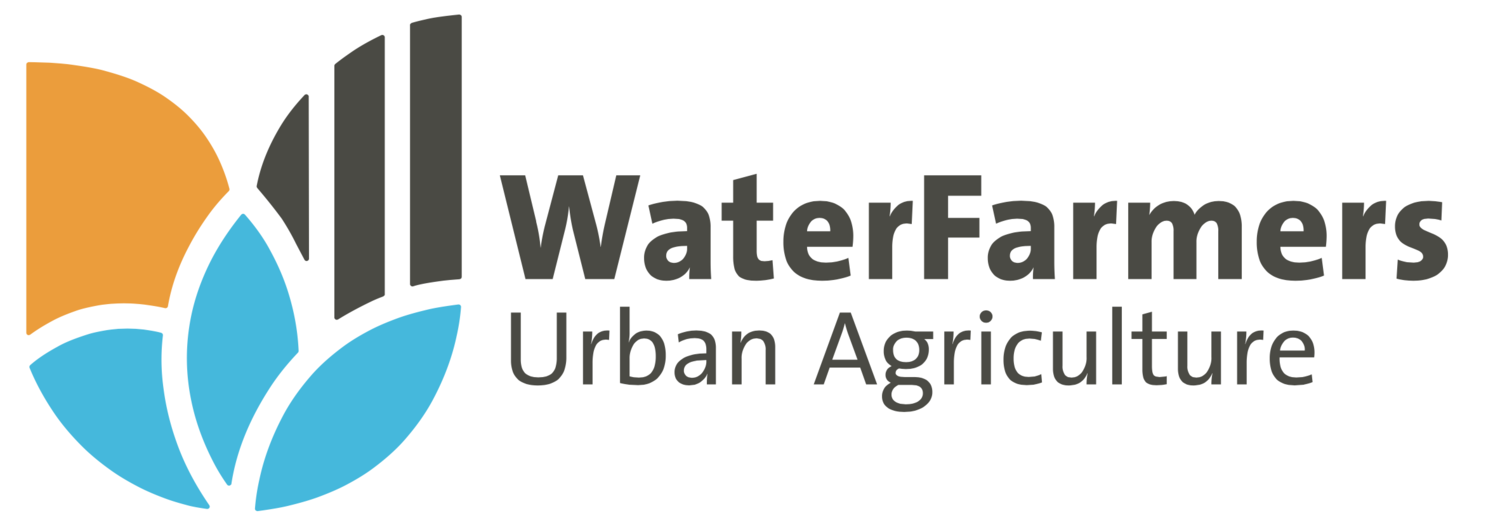Rainwater Calculator Tool
Results
Estimated Annual Rainwater: N/A
6 Month Water Capture (May - October): N/A
Stormwater Runoff Reduction Ideas:
- Install rain barrels or cisterns
- Create a rain garden or permeable driveway
- Redirect downspouts to garden areas
Ready to see how much you can save?
Get a personalized look at upfront costs, potential
rebates, stormwater fee reductions, see your system costs as well as how much you’ll save by emailing us your results by clicking the orange button.
Approximate Water & Stormwater Info
Disclaimer: The figures provided calculated based on the Canadian Climate Normals 1991-2020 Data. Actual water/sewer/stormwater fees vary by property size, usage, and municipal rate changes. Always check your official utility bill or municipality website for precise information.
Harvest the Rain. Save Water. Save Money
If you are thinking about installing a rainwater harvesting system, here is some feedback homeowners have about their rainwater harvesting systems.
All Season Rainwater Harvesting
“I never realized my roof could collect thousands of liters each year. WaterFarmers installed 2 1,500 Gallon tanks, and we’re already seeing lower water bills!”
– Sarah M., Hamilton
Seasonal Rainwater Harvesting
“Our veggie garden loves rainwater. Thanks to the Rain Harvest App, I saw how much I could collect, and it was a game-changer.”
– David R., Kitchener
If you are thinking about installing a rainwater harvesting system, here are some common questions homeowners ask about rainwater harvesting systems.
Questions & Answers About Rainwater Harvesting
-
“In most Southern Ontario municipalities, small barrels generally don’t require permits. Larger underground or large cisterns may need approval. Check your local bylaws or ask us for help.”
-
“Regularly remove debris from gutters, empty sediment from barrels occasionally, and keep overflow routes clear. We provide a simple maintenance guide tailored to your system.”
-
Generally, we recommend using harvested rainwater outdoors (gardening, lawns, washing cars) or for flushing toilets if properly filtered. Making it potable (drinkable) requires specialized filtration, disinfection, and potentially local approval. Many clients find that outdoor usage alone meets the bulk of their conservation goals.
-
“Even if your city hasn’t introduced a standalone fee, many are discussing it. Future-proof your home by installing a system now, and be ready if/when fees come.”
-
Item description
Rainwater Harvesting Testimonials
If you are thinking about installing a rainwater harvesting system, here are some feedback homeowners have about their rainwater harvesting systems.
Stormwater Management
“When our city announced new stormwater charges, we panicked. WaterFarmers helped us design a custom designed small multipurpose rain barrel and helped us file for a credit. We’re saving about $100 a year—plus it feels great reducing runoff.”
– Ahmad F., Hamilton
Rainwater Irrigation
“We only do a quick gutter check and a rinse once or twice a season. Now we have plenty of water for our flower beds, and our bills went down. It’s a no-brainer.”
– Gail M., Waterloo
Questions & Answers About Rainwater Harvesting
If you are thinking about installing a rainwater harvesting system, here are some common questions homeowners ask about rainwater harvesting systems.
-
It depends on the system’s design and your local climate. A seasonal system (often a simple rain barrel) is typically drained before freezing weather. An all-season system can be winterized, using underground or insulated tanks to prevent freezing. If you live in an area with harsh winters, you might just shut off outdoor connections until spring—or invest in a frost-proof or buried cistern.
-
Maintenance is generally minimal. For seasonal barrels, just rinse them out in early spring and check for debris regularly. All-season systems may have more components, but basic tasks like clearing gutters, inspecting filters, and ensuring overflow routes stay clear are straightforward. Most homeowners spend under an hour a month on maintenance.
-
You may not store every drop, but capturing even a fraction can drastically cut your municipal usage. You can scale your cistern or multiple barrels to match your roof’s potential. If you have a very large roof, we can design multi-tank solutions or infiltration systems to handle runoff effectively.
-
Modern systems include an overflow or bypass that directs excess water safely away from your foundation—often back into the storm drain or a designated soakaway area. This prevents flooding and ensures your tank doesn’t overflow near your house.
-
If you do a lot of outdoor watering (gardens, lawns, washing cars), a rain system can reduce your monthly bill significantly—especially in summer. Long term, if your city implements or raises a stormwater fee, your system can also qualify you for credits, boosting savings.




